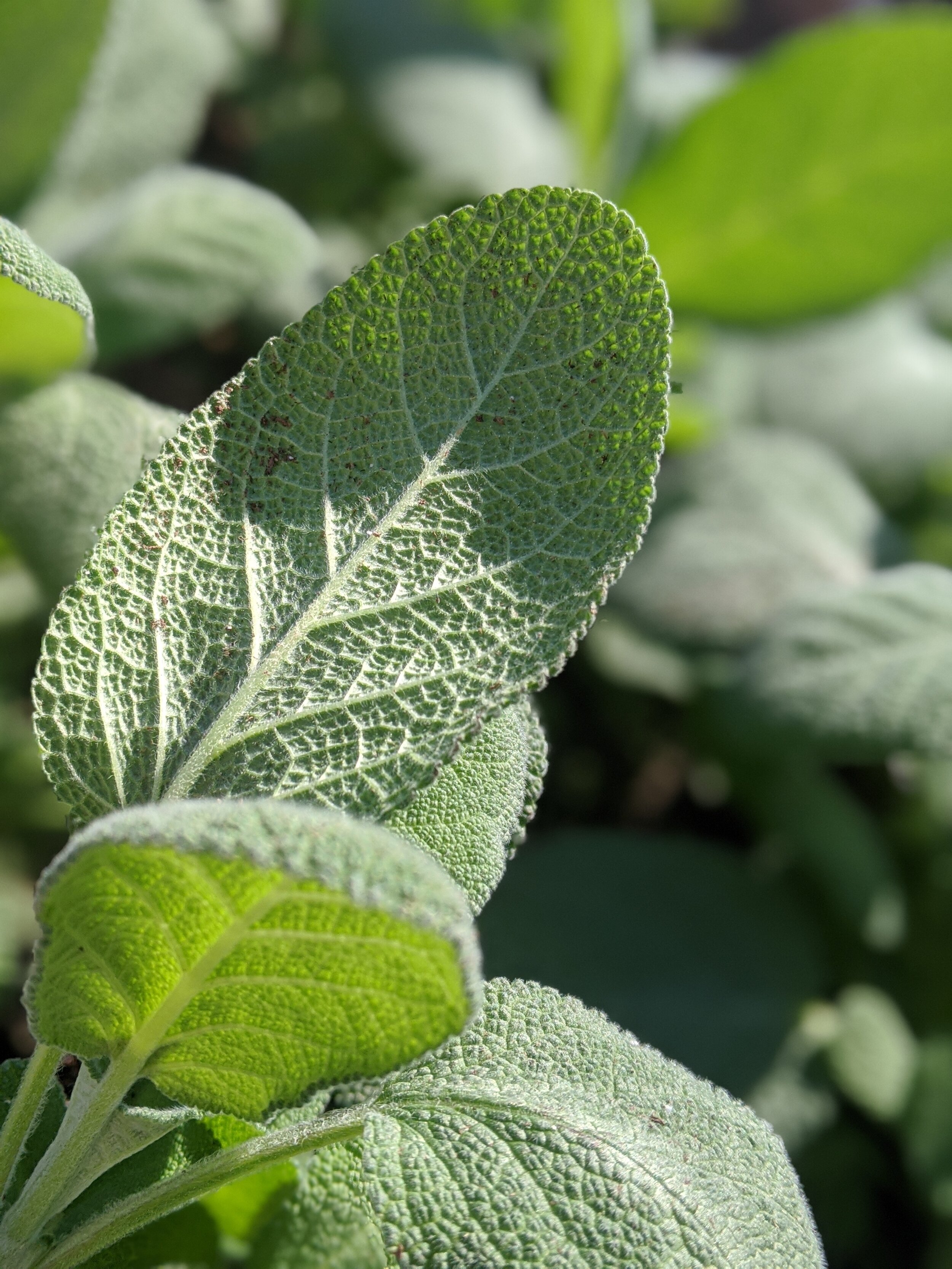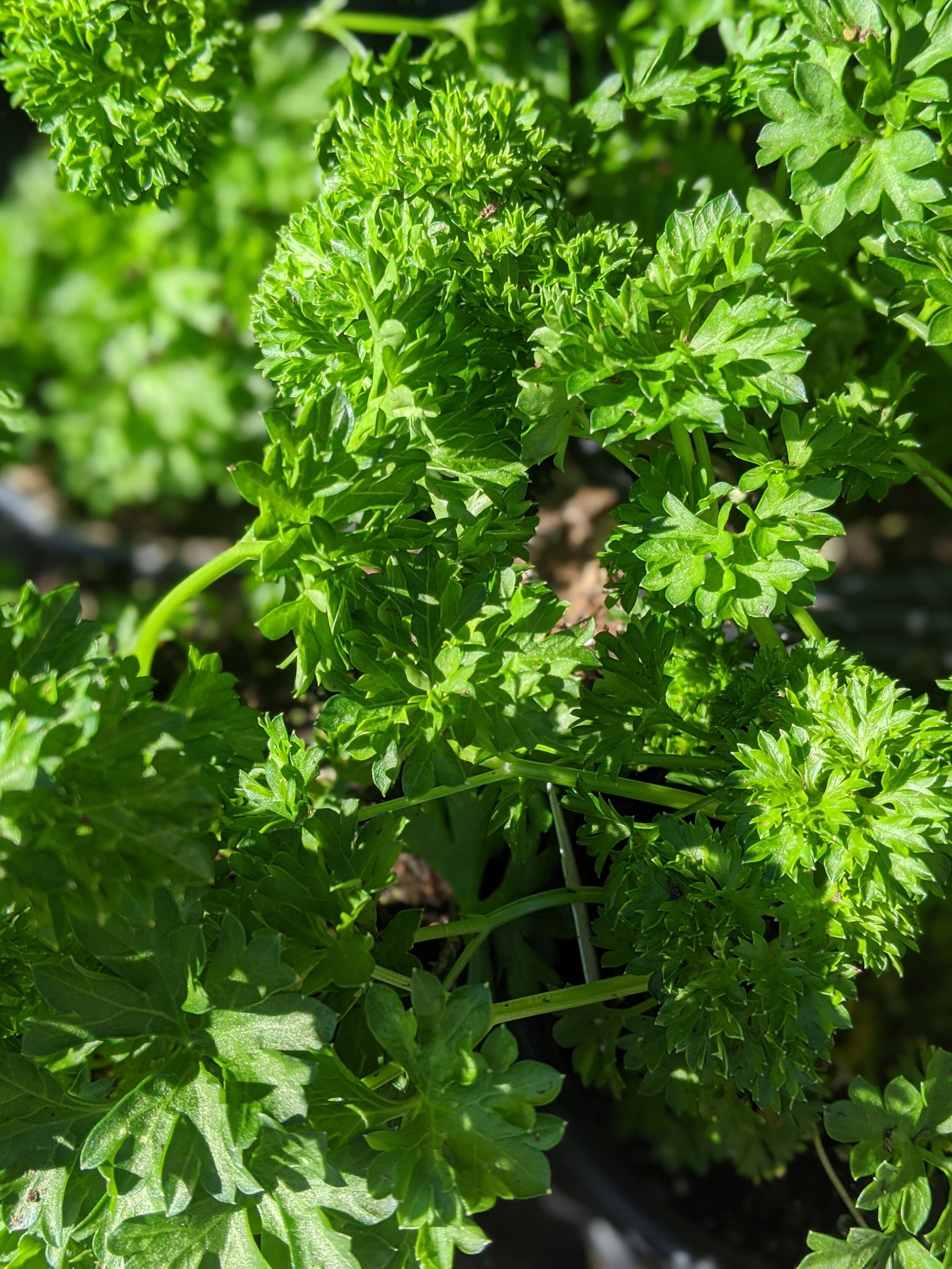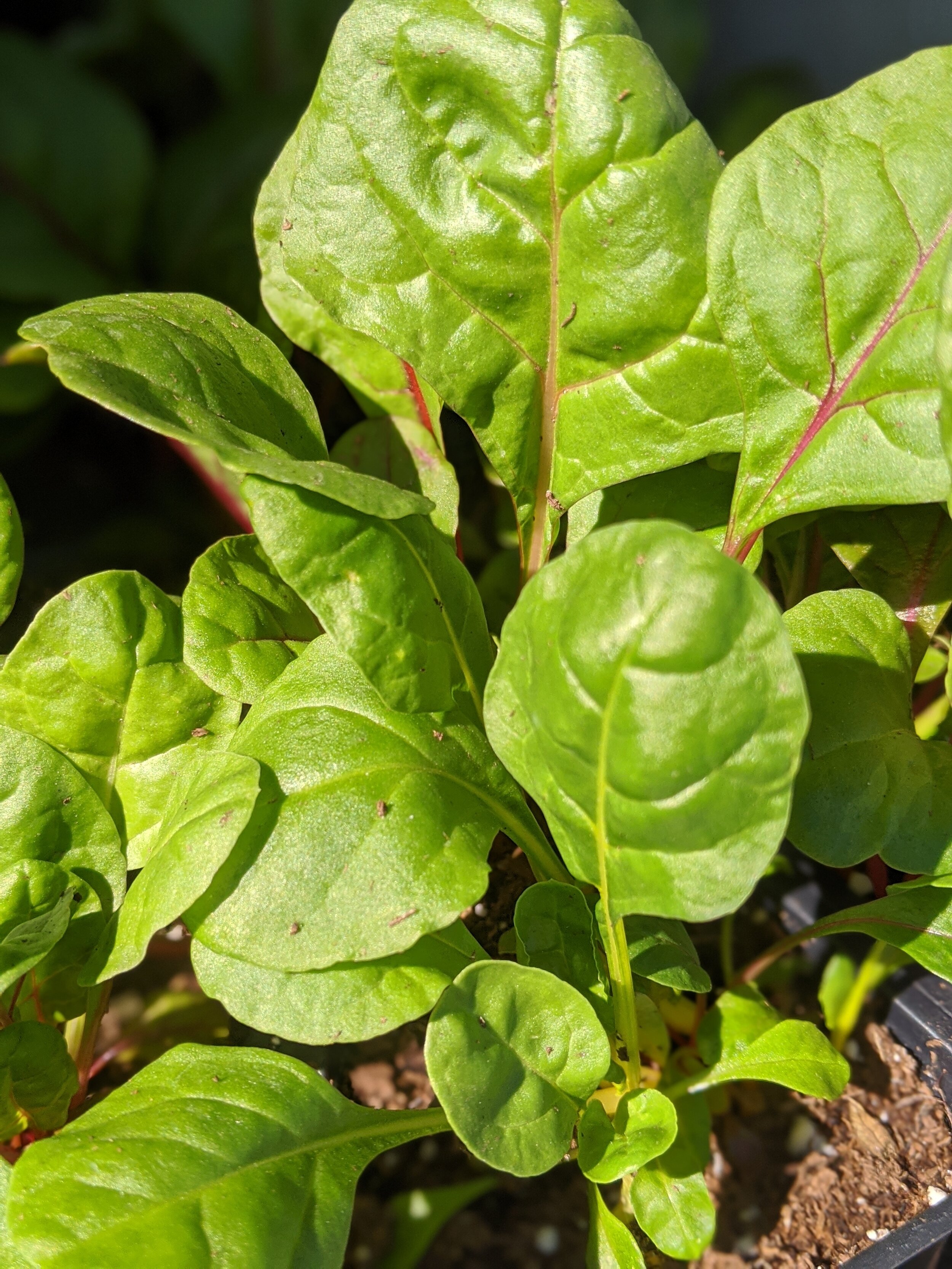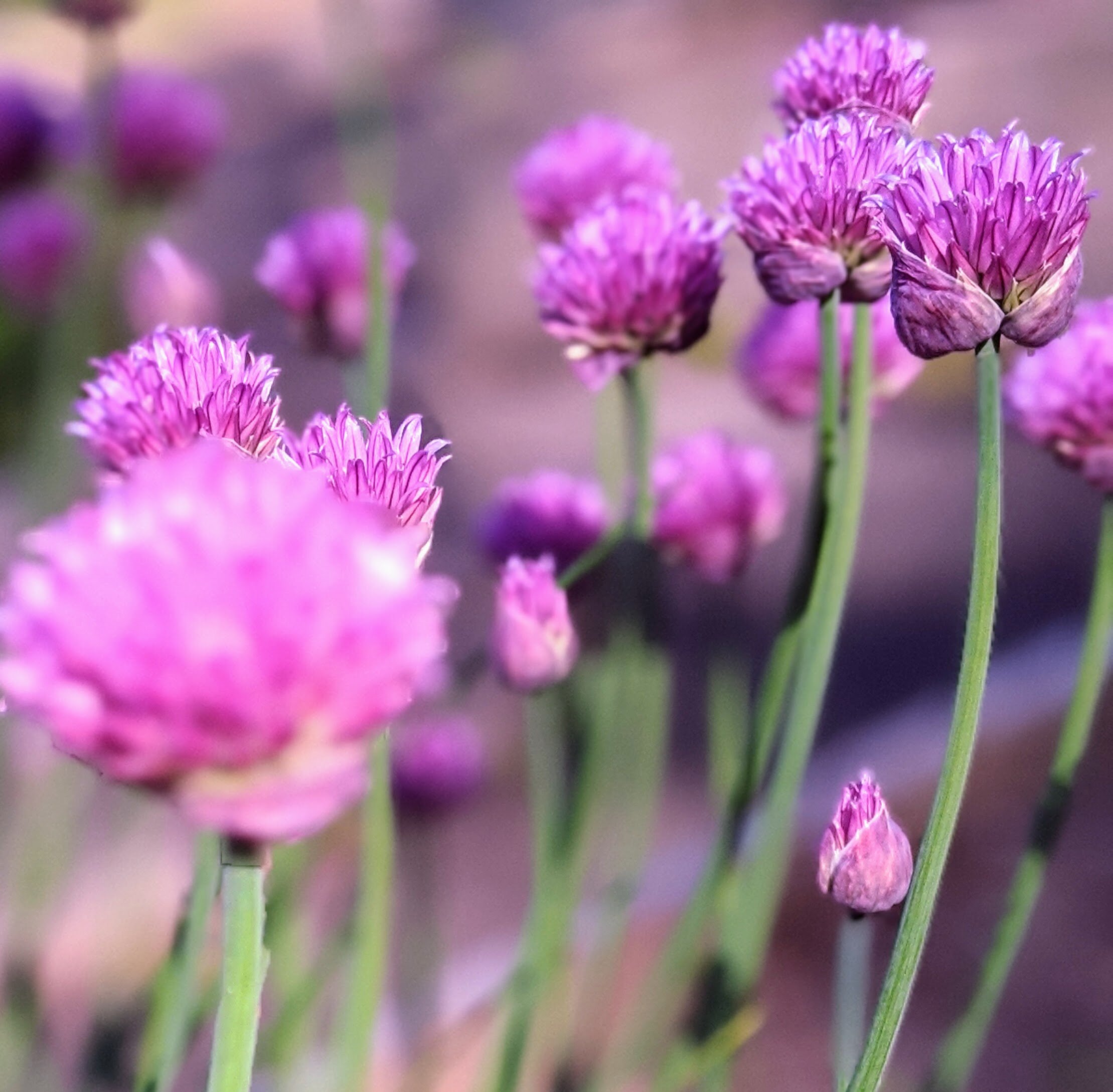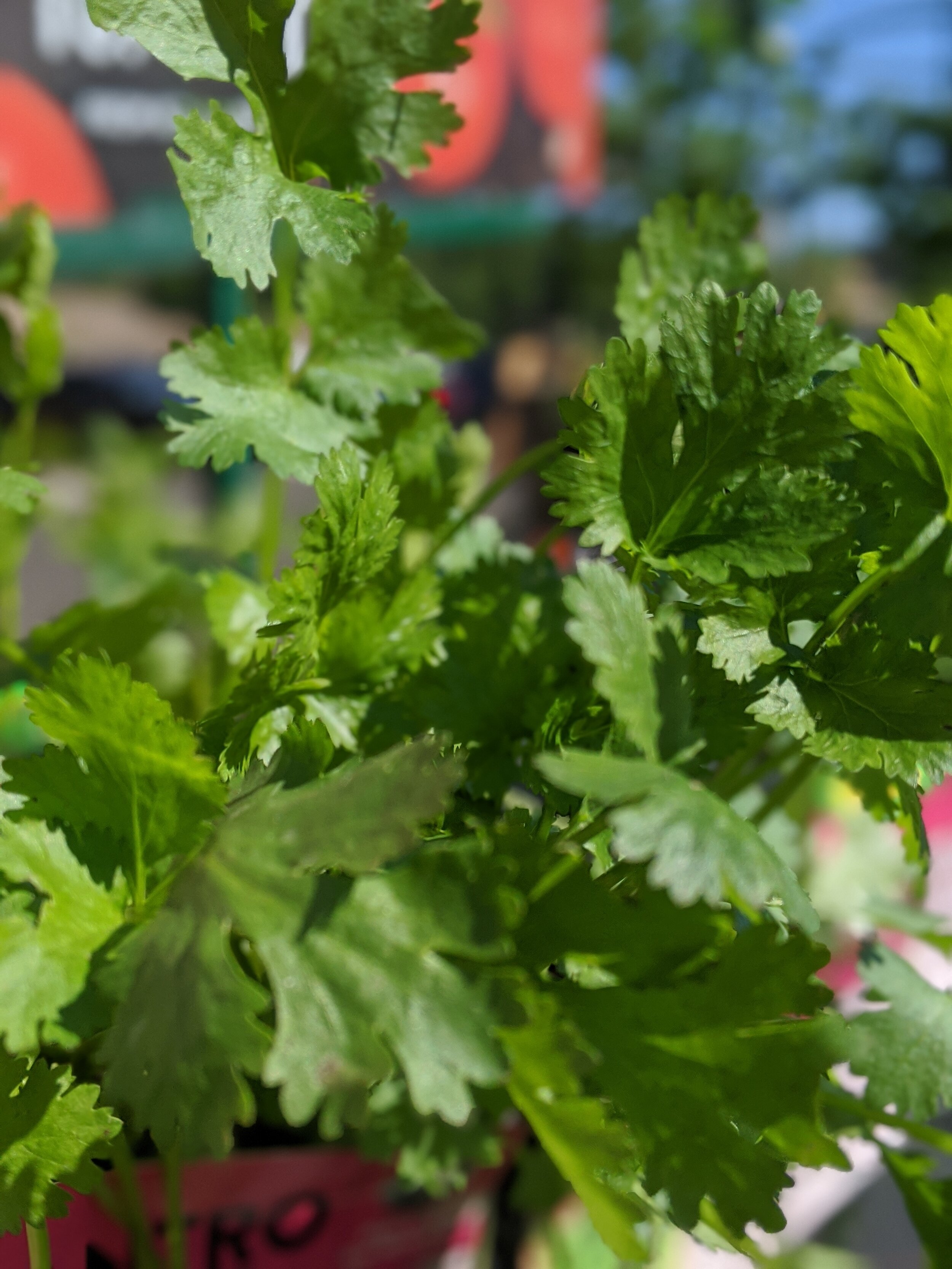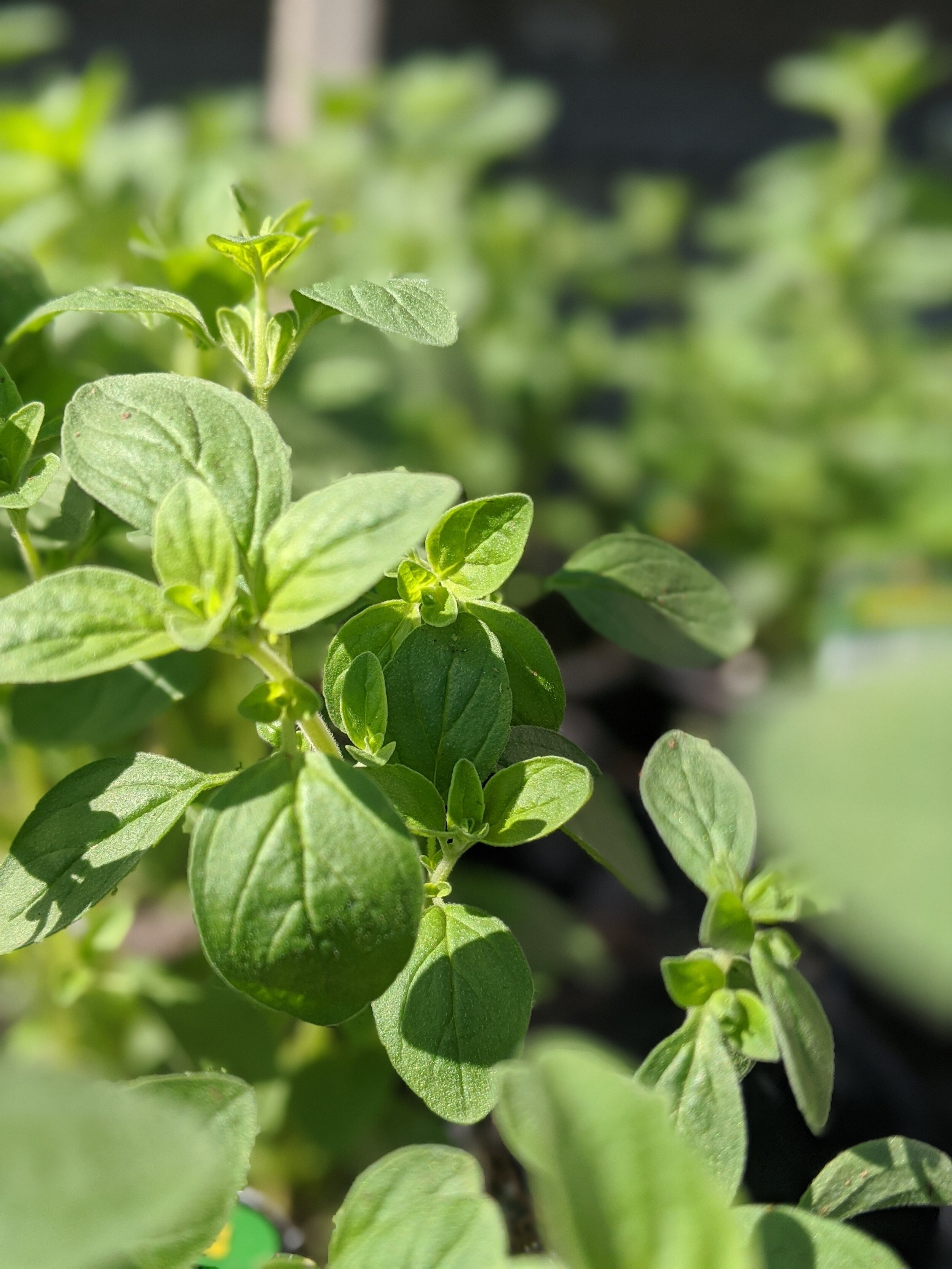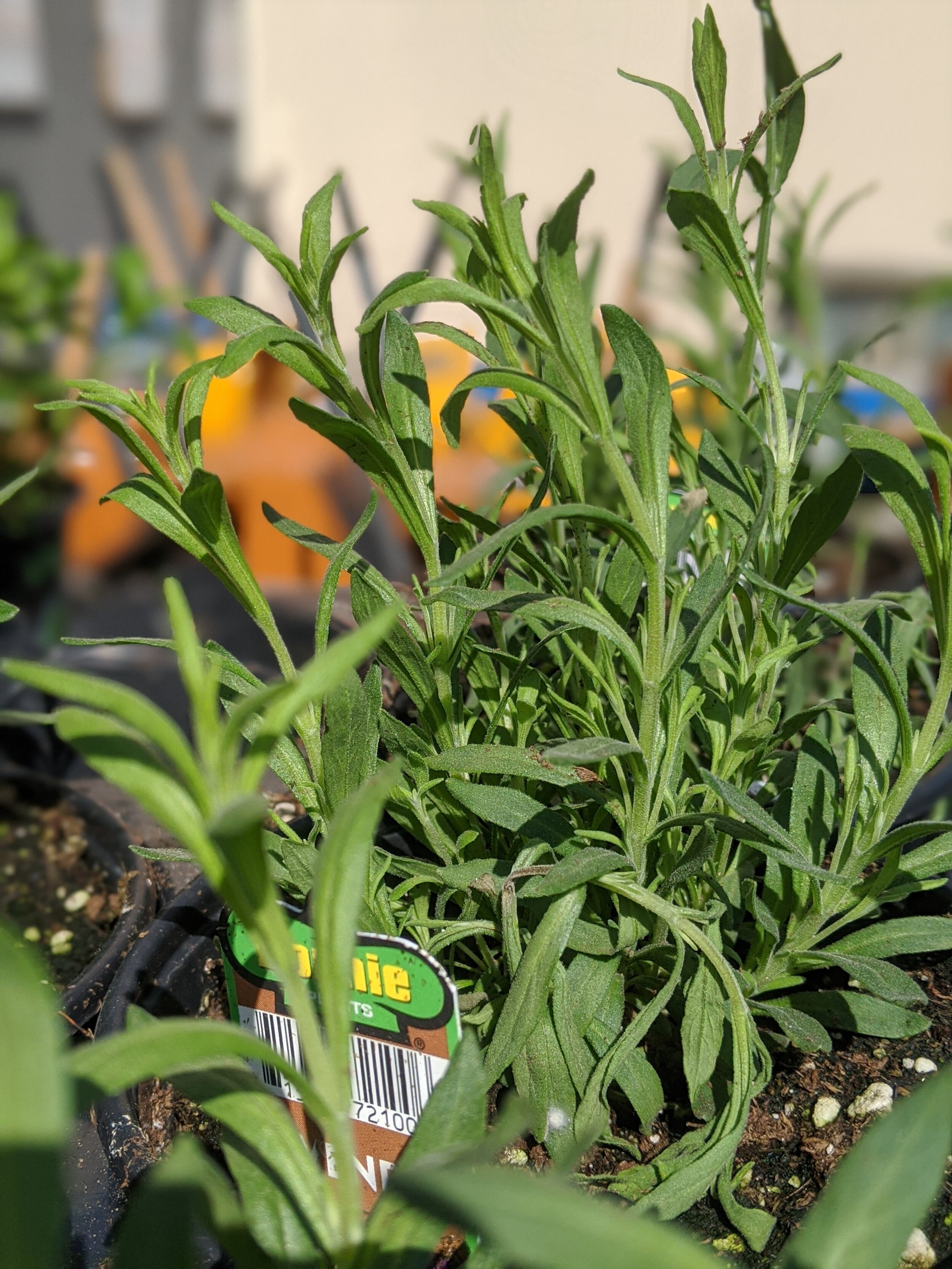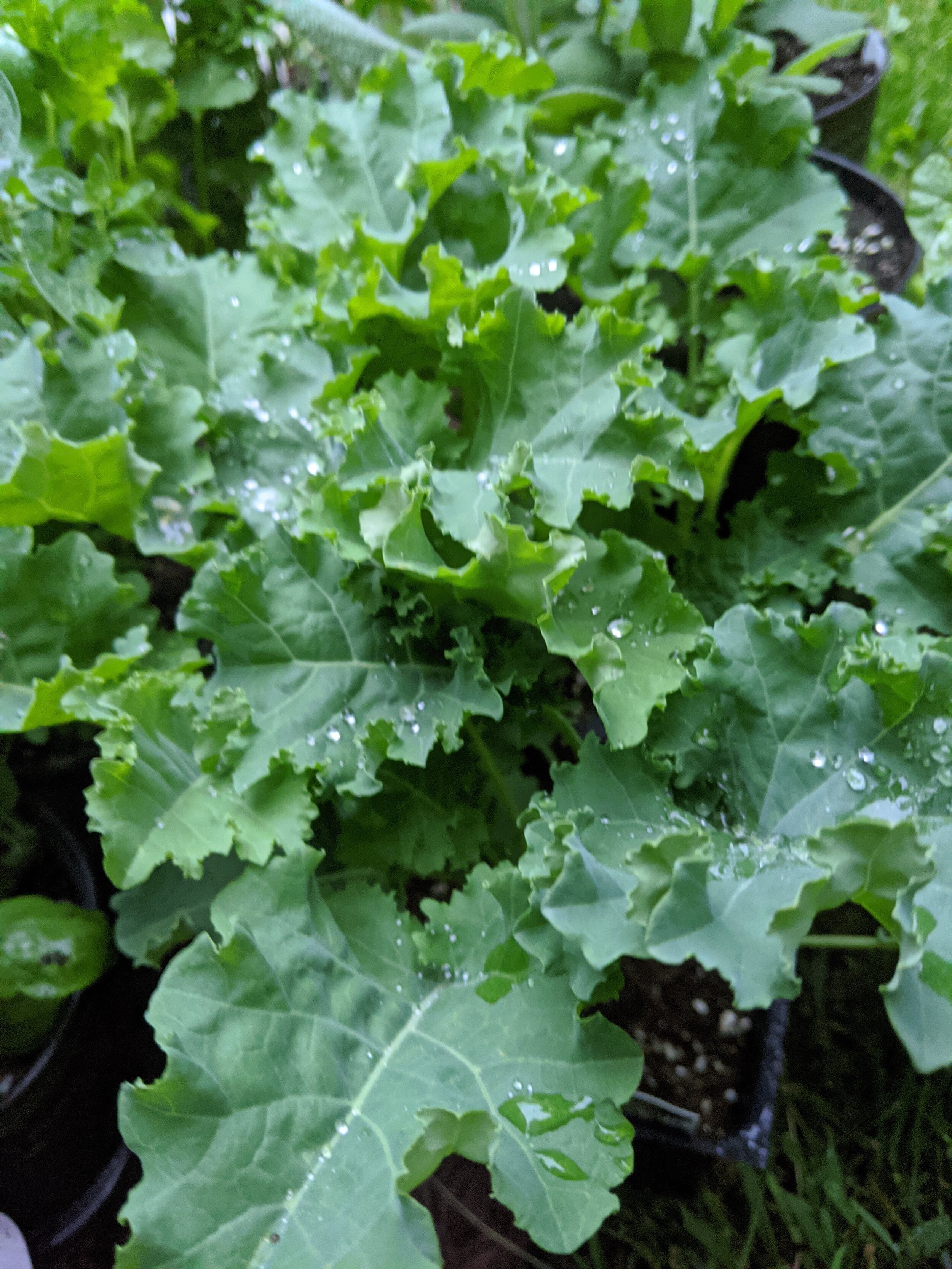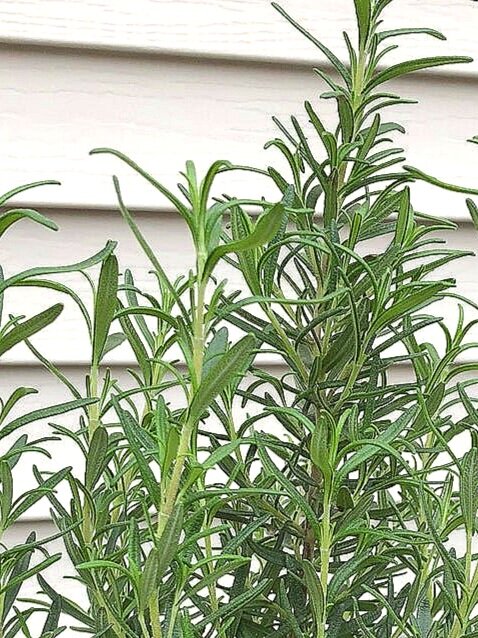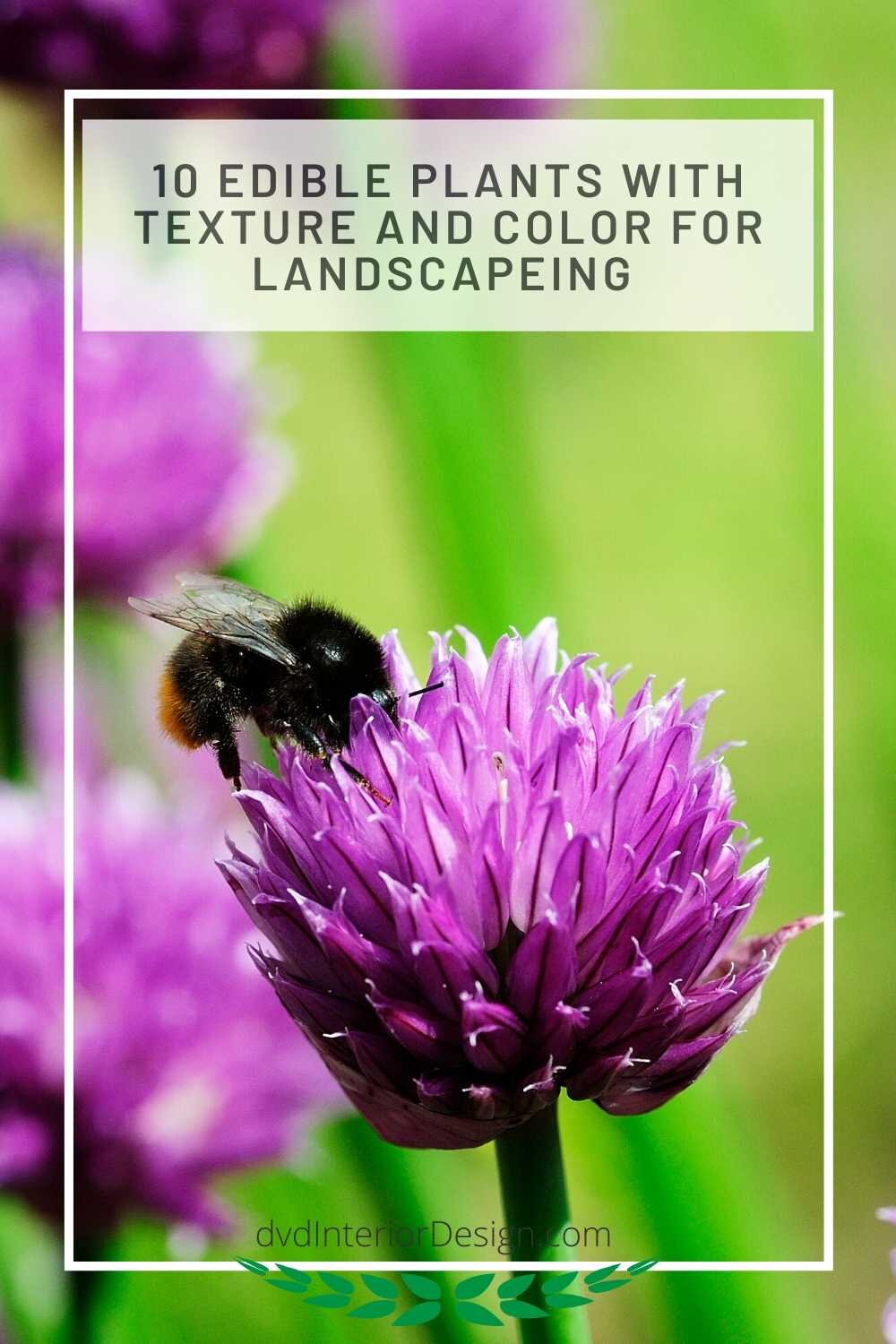10 Edible Plants with Texture, Color and Fragrance in the Garden
I come to the garden alone
While the dew is still on the roses
And the voice I hear, falling on my ear
The son of God discloses. - Alan Jackson
Landscaping for Your Front Yard:
Edible Landscaping: Last week I wrote about the Community Garden I recently joined and shared with you the beginning of my journey growing a Square Foot Garden. In the post, I shared my tips for growing lots of tomatoes and my favorite vegetables from this small planting area, and what I have learned so far about maintaining a raised Square Foot Garden. It is easy and fun for both beginners and seasoned gardeners.
Check out the Beginners Guide to Square Foot Gardening for high yields from a small area in a raised bed.
This week I’m sharing with you 10 Plants for Edible Landscaping. There are lots of opportunities to incorporate vegetables and herbs into your decorative landscape and still have a showpiece collection of color, texture, and flowers. It doesn't have to be all-or-nothing.
10 Beautiful Edibles to Add Your Flower Garden
Looking to add more edibles to your flower garden?
This year I decided to change my planting strategy and grow more food with my land. I love to garden, it is so therapeutic for me, yet I was remiss for not growing more food. I want my time and land to be more fruitful, not just pretty. I incorporated a new selection of plants to make my flower bed work for me and by growing more edible plants without sacrificing the beauty.
Most of my flowering plants are perennials and these will still be the main characters since they come up year after year. This year, the supporting character will be the edibles that are usually annuals. (In my zone there are only a few vegetables that are annual.) These edibles aren’t a backyard garden plot with a few squash and tomato plants, rather my plan is to landscape and incorporate edibles into my front yard.
This year I did increase the number of flowers, with a few Zinnias and Impatiens for color along the front border, but the bulk of my seasonal plantings will be edible plants to harvest.
You too can have great results when incorporating edibles into the landscape. Grow food! There is nothing more rewarding than growing your food AND flowers.
Choose a site with full sun:
I chose to add to my flower beds in the front of my home: A beautiful, blooming perennial garden can be the showpiece of your landscape and provide pretty cut flowers for bouquets. Unlike annual flowers (which may be blended into your flower garden as well) perennials can be planted just once and regrow each spring from the same roots.
Which Plants?
I Added Herbs and Vegetables
This year I decided to add annual herbs and vegetables to my flower garden, as I believe they are just as beautiful! I receive full sun in my front garden, so I interspersed 10+ edibles among the flowers. Since I am located in CT, Zone 6 is my hardiness zone. I added a little compost to the soil and planted away. My favorites are Rosemary, Lavender, and Swiss Chard, along with the other annual seedlings I added among my perennials.
SAGE - BASIL - PARSLEY
1. Sage – Sage and potatoes is my favorite combination for this herb. The leaves are soft like lambs ears and easy to grow so you have to try this in your garden.
2. Basil – Basil is a sun-loving herb I usually grow as an annual plant in containers. There are so many varieties with different foliage shapes: broad or fine; or with colors like burgundy or purple. Greek basil is awesome for a sensory garden because of the small, boxwood-like leaves. Rub the leaves between your fingers and enjoy the wonderful smell!
3. Parsley – Think about how we use these herbs on the plate – as garnishes to add interest and beauty to the meal or as a digestive aid. There isn’t a pasta dish that doesn’t benefit from its green crunchy leaves. The fine-cut or curly textured leaves make all the other plants look more beautiful. Both are soft to the touch, fragrant, and lovely in the garden.
SWISS CHARD IN YELLOW AND RED - CHIVES - CILANTRO
4. Swiss Chard – Swiss Chard is a sun-loving vegetable that is similar to spinach but keeps its shape when cooked. I usually grow it as an annual plant in containers. While it’s not a fragrant plant, Swiss Chard has large, colorful, broad leaves with colorful stems in red and yellow that are a delight. This plant will provide a harvest for several weeks if you take the outside leaves and let the smaller leaves in the middle continue to grow. Bonus! - they are fast-growing greens to add quick color to the garden.
5. Chives– These chives are perennial, and return year after year. The stems are great in salads, and the bulbs are delicious cooked like onions. I just learned this year that the flowers are great for salads. (A bit of wisdom from my community garden.)
6. Cilantro – I’ve never been successful with this herb, and yet, this year it is growing and growing at a healthy rate. Since my days of living in California, this is one of my favorite herbs for any Mexican cuisine. Perfect with chicken and lime, salads and the defining accent to any taco.
THYME - LAVENDER - OREGANO
7. Thyme– Is great fresh or dried. It actually retains its flavor dried, better than of the other herbs. Thyme is awesome for a sensory garden because of its upright stems and ground cover. I like having this fresh summertime herb because it is difficult to store the fresh leaves for very long in the refrigerator, so nothing beats snipping a few sprigs and having delicious fresh seasoning when preparing meals. There is a variegated lemon thyme that is very pretty, I just don’t like the flavor as much. Thyme is not only a pantry essential, but thyme oil also contains antimicrobial properties and was once used to prepare bandages.
8. Lavender – One of my favorite perennial herbs, fragrant lavender is a lovely addition to any garden. Its gray and fuzzy foliage invites you to touch! The plant is drought tolerant and easy to maintain, with summer flowers typically purple, but white and pink varieties are available as well. See 6 Scent-Sational DIYs you can do with your lavender!
9. Oregano – is a herb originally from the Mediterranean region. People have used it for thousands of years to add flavor to food and to treat health issues. The flowers are purple and often called sweet marjoram. Oregano oil is not only good for your kitchen pantry, but it is also good for our medicine cabinet as a natural antibiotic. It can also be used as an insect repellent. It’s a favorite herb in my kitchen. I like to add it to my homemade pizza, although my Italian stepfather Tony didn’t think it was that great on pizza!! It is also the winning seasoning for my onion and cauliflower tacos - so delicious.
Bees hum the essential harmonics in the symphony of life — crucial pollinators responsible for our planet’s diversity, responsible for the flourishing of the entire food chain, responsible even for Earth’s resplendent colors. - Maria Popova
KALE ( very popular in my house) - SWISS CHARD - ROSEMARY
10. Kale – Kale is a leafy green with highly textured leaves and is easy to grow. They are a favored healthy snack in my house. I toss it in olive oil and roast in the oven till it’s nice and crunchy. It disappears like the wind! I like how it looks in the garden, its rough texture setting off the other plants.
11. Rosemary – This herb is a rockstar in the edible landscape. Its a semi-evergreen for year-round color in many areas, and deliciously fragrant. Its pine-like needles are a favorite for children to play with and the plant is more than hardy enough to tolerate some mangling from children’s hands. It is, without a doubt, considered one of my favorite must-grow herbs for any garden landscape.
BEFORE : A Few FLOWERS ONLY
Deadhead Spent Blooms
Continue to snip off faded flowers to help keep your garden looking its best as any plants that produce seeds will not put their energy in producing more leaves and flowers. Regular, daily deadheading is a way to see up close your entire garden, caring for and keeping an eye out for potential problems.
Prevent Weeds and Keep Up with Maintenance
I added a thick layer of organic mulch, like wood chips or pine needles in and around my garden beds, replacing it every year or every other year. In some areas of the country and with some plants, perennial gardens can be grown in a deep layer of fine gravel rather than organic mulch. I also like to remove weeds as soon as they appear, never allowing them to bloom and go to seed. It’s a good habit to water regularly in the evening or early morning, before the sun gets too hot which just causes the water to evaporate.
Don't Worry When Plants Die
No perennial plants live forever, and sometimes they just don’t thrive. If a new plant doesn’t really grow well or bloom after 2 or 3 years, consider digging it up and moving it to a sunnier (or shadier) or moister (or dryer) spot. If it dies, it may be due to nothing that you could have controlled. Try planting a different species in that spot or divide and replant something that is doing well. In any case, a plant that doesn’t survive doesn’t mean that you failed; pay attention to your successes and go on from there.
When you are selecting plants for your garden landscapes, think beyond the traditional flowering plants. There are so many benefits from the myriad of textures and fragrances that foliage can offer you if you select the right plants for the job. For more help creating a gorgeous, multi-dimensional edible landscape, check out the Gardening Like a Ninja book and eCourse, 12 lessons with step-by-step details to help you plan a professional landscape design with no expensive software. An extra bonus garden design is included.
by Deborah von Donop
PIN IT!
Use Pinterest to save your favorite tips and ideas and be sure to follow dvdInteriorDesign’s board here.
OUTDOOR LIVING
THE GARDEN
Great indoor and outdoor pottery : TERRAIN
Related Articles
Learn From Us: Pinterest Coaching 1:1 w Deborah von Donop
Beginner-Advanced
This is my 1 Hour consult 1:1 via Zoom to share with you the ins and outs of Pinterest and get you comfortable with all the benefits of Pinterest for your business.
Yes, Hire a Pinterest Coach. This allows us to work at your pace. Pinterest Strategy is important for any business. This is a marathon, not a sprint.
Attract customers, and build quality leads. Pinterest is growing in readership every day, and yet it the most undervalued platform for bloggers and retailers.
We work 1:1 in a recommended series of meetings
To learn more, click here ………………
10 Edible Plants with texture, color and fragrance in the garden




